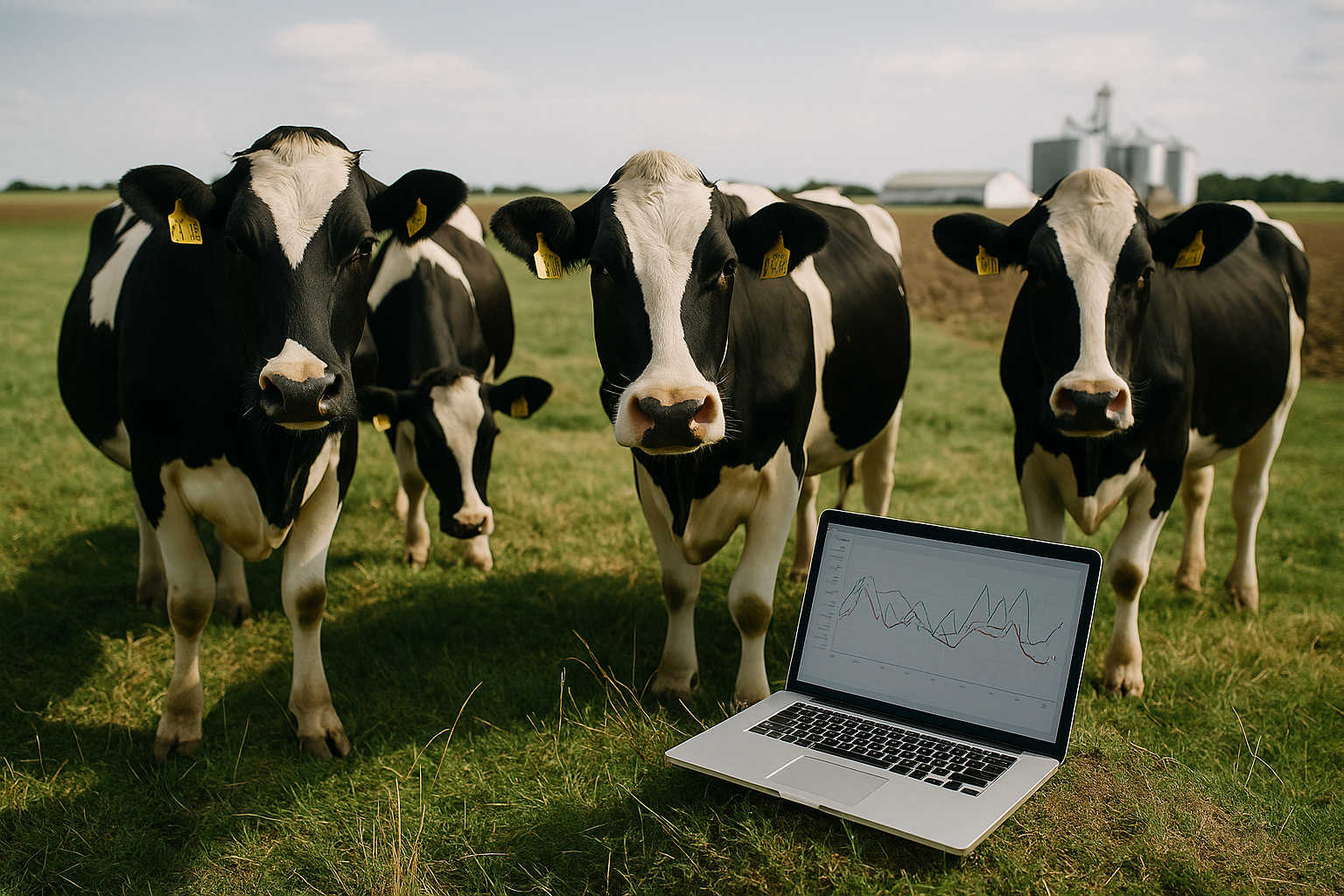AI’s growing role in tackling cattle diseases and boosting productivity
The analysis highlights a mixed performance record for predictive models, with significant variability depending on the disease studied, the type of data used, and the algorithm deployed. Non-linear algorithms, including tree-based models and neural networks, consistently outperformed simpler linear models in complex datasets, especially when applied to conditions such as respiratory disease or multi-factor health assessments.

The integration of machine learning (ML) into the cattle industry is transforming the way health outcomes are predicted, offering unprecedented opportunities to improve animal welfare and production efficiency. A new study published in Animals delivers a critical analysis of predictive modeling applications that are reshaping disease management strategies in beef production systems.
The study titled “Disease Prediction in Cattle: A Mixed-Methods Review of Predictive Modeling Studies” investigates 19 peer-reviewed studies to evaluate the performance of various algorithms, data inputs, and performance metrics in predicting diseases in cattle. It highlights how artificial intelligence (AI) tools, particularly machine learning models, are being used to address some of the industry’s costliest and most persistent health challenges.
Expanding AI’s role in cattle health
The research highlights the growing adoption of predictive modeling in beef production, with disease prevention and health monitoring as primary applications. Bovine respiratory disease (BRD) emerged as the most studied condition, reflecting its economic and health impact on feedlot operations. Other diseases assessed in the literature included bovine tuberculosis, foot-and-mouth disease, liver abscesses, and emerging health conditions such as heat stress and infectious bovine keratoconjunctivitis.
The review identifies four primary data sources driving predictive modeling in cattle health: demographic data, laboratory testing results, climate information, and image or video data. Demographic data, such as individual animal weights, group characteristics, and operational factors, dominated most models due to their accessibility and ease of collection. Laboratory testing data and environmental metrics were also incorporated in several models, particularly in predicting the spread and severity of highly transmissible diseases such as bovine tuberculosis and foot-and-mouth disease.
The use of image and video data is expanding rapidly, particularly in detecting visual symptoms like nasal discharge, ear position, or gait abnormalities. These inputs are increasingly valuable due to their non-invasive collection methods and the rise of advanced imaging technologies that make data collection more efficient and cost-effective.
Performance and challenges of predictive models
The analysis highlights a mixed performance record for predictive models, with significant variability depending on the disease studied, the type of data used, and the algorithm deployed. Non-linear algorithms, including tree-based models and neural networks, consistently outperformed simpler linear models in complex datasets, especially when applied to conditions such as respiratory disease or multi-factor health assessments.
Accuracy levels fluctuated widely across the reviewed studies, but a consistent trend emerged in the comparison of predictive values. Negative predictive values (NPVs) generally exceeded positive predictive values (PPVs), indicating that models were more reliable at predicting the absence of disease than accurately identifying positive cases. This trend raises practical concerns for veterinarians and producers relying on these tools for early detection, particularly in managing diseases with severe economic consequences.
Sensitivity and specificity also varied, with sensitivity, an indicator of the model’s ability to correctly identify diseased animals, often lower than desired, particularly in datasets with a low prevalence of the disease. Class imbalance emerged as a critical challenge across multiple studies. In scenarios where diseases are rare but economically significant, predictive models often default to predicting negative outcomes, inflating accuracy rates while providing limited value in actual disease detection.
The authors stress that over-reliance on single performance metrics, such as accuracy, can be misleading. Instead, a multi-metric evaluation framework is essential to fully understand the strengths and limitations of predictive models in real-world applications.
Future directions for AI in beef production
The study calls for greater refinement and standardization in applying machine learning models to cattle health prediction. Improving the handling of class-imbalanced data is identified as a top priority. Techniques such as ensemble learning, resampling methods, and hybrid balancing approaches are recommended to enhance sensitivity and ensure models can effectively detect rare but critical disease outcomes.
Data accessibility and quality remain significant barriers to widespread implementation. While demographic and environmental data are readily collected across operations, laboratory data often present delays and logistical challenges. In addition, models trained within a single operational context often fail when applied to different farms or production systems, underscoring the need for greater generalizability and external validation of predictive tools.
The integration of image and video data into predictive modeling is expected to accelerate, particularly as storage and processing technologies become more affordable. These data types offer unique insights that cannot be captured by numerical inputs alone, making them highly valuable for visual health assessments in extensive production systems.
Real-time applications also hold promise but require advancements in processing efficiency. Delays in data analysis can undermine timely interventions, particularly in disease outbreaks where rapid response is critical. Optimizing these systems for faster predictions without sacrificing accuracy will be a key area for innovation.
- FIRST PUBLISHED IN:
- Devdiscourse










